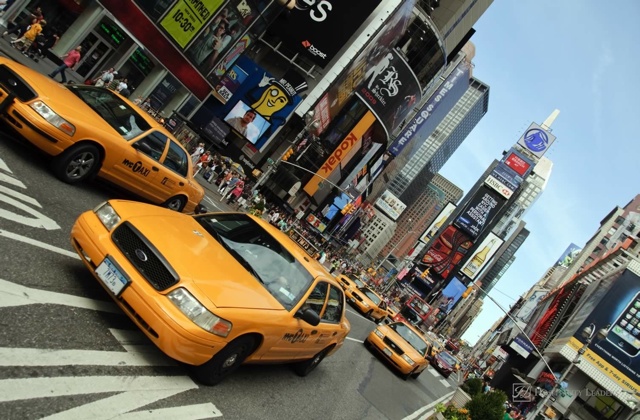
New York hotels are at the forefront of a boom in complete makeovers, after years of lower capital spending caused by the steep economic downturn.
For hotels that had become rundown and were sold or shuttered for a while, like the Milford NYC near Times Square, or establishments like the New York Palace hotel, where the former Le Cirque restaurant space is being overhauled and a French market added, scaffolding has become as commonplace as the city?s traffic noise.
New research by Bjorn Hanson, the divisional dean of the Preston Robert Tisch Center for Hospitality, Tourism and Sports Management at New York University, confirms the upswing in modernizing travel accommodations on everything from linens to new facades. Nationwide, the United States hotel industry is expected to spend $5.6 billion on capital expenditures this year, exceeding the most recent record of $5.5 billion set in 2008. He estimated that one-fifth of hotels would receive such improvements this year ? up from 15 percent in a typical year. In New York alone, about a quarter of the city?s hotels are expected to be upgraded.
Spurring the extensive remodeling is a mix of factors. For one, Mr. Hanson said, investors and management companies that waived spending to offset lower profits in a weak economy are now looking at projections showing a much healthier outlook over all. Industrywide, occupancy this year is expected to be at its highest level since 2007, while the average daily rate is expected to rise to what Mr. Hanson estimates will be a record $111. He predicted industry profits would be a record $46 billion.
In addition, he said hotel management companies and franchisers wanted to ensure that their brands were associated with quality, not slippage either in service or appearances, now that Americans are traveling again.
And for the first time since he first measured capital expenditures in the 1990s, Mr. Hanson said he saw evidence that the myriad travel review sites on the Web, as well as on Facebook or through other social media, were influencing companies? decisions to approve rather lavish outlays of capital for enhancements. He said hotel owners? decisions to upgrade could be motivated by anticipation of critical reviews that ?don?t go away.? He also said owners were proactively seeking positive reviews about recent renovations and innovations, as well as ?wow comments? on things like refitted lobbies and fitness centers and unusual food and beverage services.
To help hotels that have undergone major renovations, the travel review site TripAdvisor.com said it would delete old negative reviews, to allow them to ?start with a clean slate.?
Ryan Meliker, managing director of real estate investment trusts and lodging at MLV & Company, an investment bank, said that although he generally agreed with Mr. Hanson?s findings, public companies ?with access to capital and stronger balance sheets than private companies were able to invest more in the downturn than private companies.?
He said real estate investment trusts like Host Hotels & Resorts took advantage of lower construction costs during the downturn to invest in their holdings; in fact, he estimated Host?s capital expenditures would decline this year to $450 million from $541 million in 2011.
Mr. Meliker also said refurbishment of New York hotels was, in many cases, ?not just refreshing the rooms,? but rather ?major renovations to reposition the asset going forward.?
A prime example of this is the Milford NYC hotel, on Eighth Avenue between 44th and 45th Streets, which was previously owned and operated as the Milford Plaza by the Milstein family, which shut it in 2009. Its new owners, Highgate Holdings and the Rockpoint Group, are putting more than $140 million into capital improvements.
Vann Avedisian, a principal of Highgate Holdings, said Highgate and Rockpoint?s intention ? once they purchased the Milford for $250 million in 2010 and reopened it ? was to convert ?a two-star, tour-and-travel hotel with no amenities into a three-and-a-half-star lifestyle hotel.?

